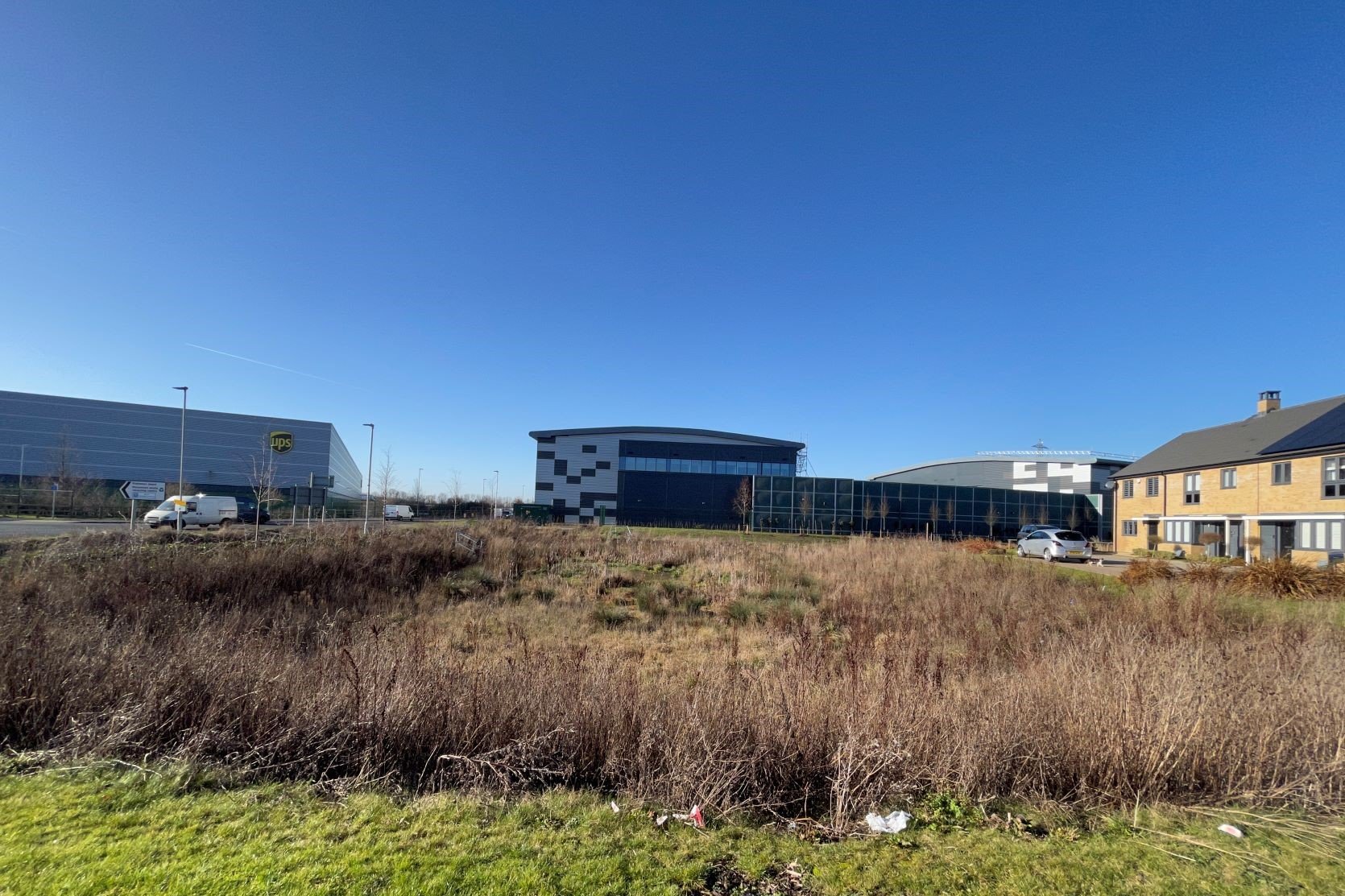Development must have SuDS Compliant as a result of the government’s review, published on January 10th, it has been recommended to make the implementation of Sustainable Drainage Systems (SuDS) mandatory for new developments in England.
After 15 years of work, it’s estimated that the implementation of Schedule 3 of the Flood and Water Management Act will require an additional year to be fully realised. This Schedule lays out a framework for the approval and adoption of Sustainable Drainage Systems (SuDS) to improve rainwater management in new developments.
A review featuring input from risk management experts and others revealed that current planning and building regulations do not effectively address sustainable rainwater management.
The framework involves the appointment of an Approving Body (SAB) and establishing national standards for the SuDS design, construction, operation, and maintenance of SuDS. The connection of surface water runoff to public sewers is subject to the prior approval of the drainage system.
The review recommends that the government fully implement Schedule 3 as written, with either the unitary authority or county council serving as the Approving Body. This approach will promote consistency and effectiveness in addressing the effects of climate change, urbanisation, and population growth through SuDS. It will also reduce flood risk, enhance water quality, and allow for the harvesting of rainwater to meet present and future needs.
The decision on whether to adopt sewers should be made at the planning stage when producing a drainage strategy.
The implementation of this recommendation requires professionals with the necessary skills and knowledge to design, construct, evaluate, and maintain SuDS.
It also recommends establishing National Standards and Guidance Requirements, including:
- The creation, consultation, and publication of national standards for sustainable drainage systems’ design, construction, maintenance, and operation are necessary.
- Guidance must be issued for approving bodies to follow regarding the process of seeking and obtaining approval, including its interaction with the planning process.This guidance does not include foul water drainage for developments.


